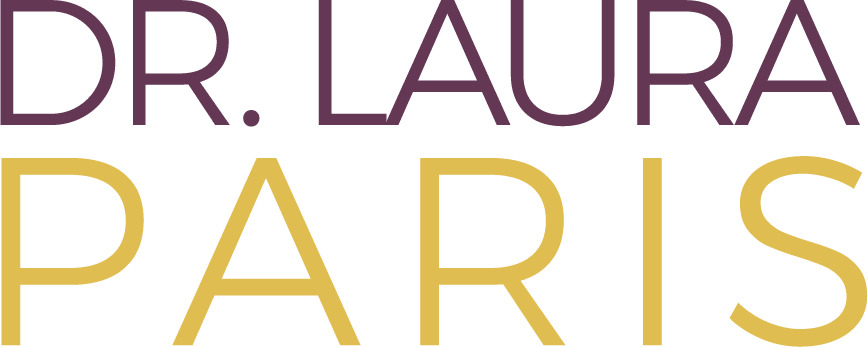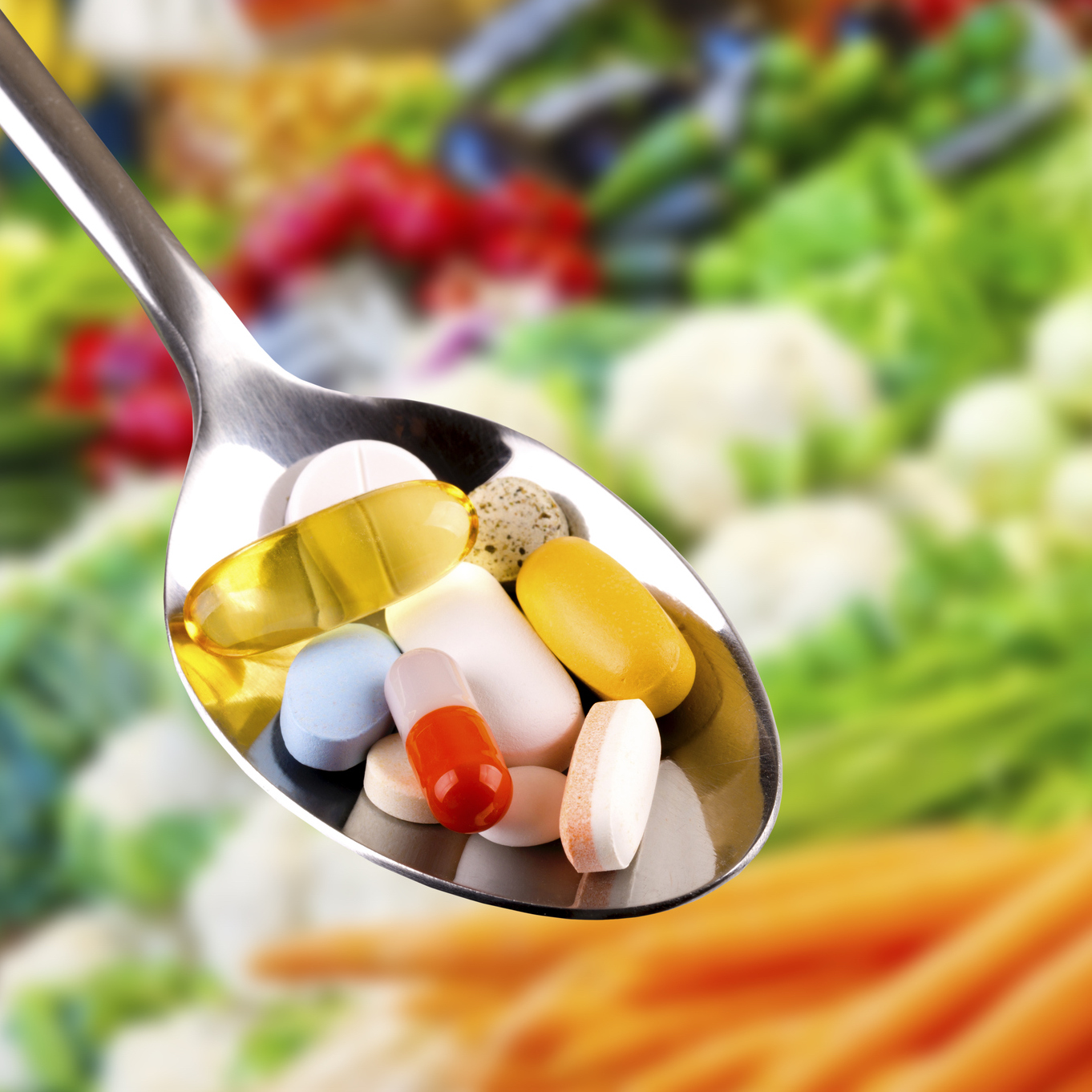Fueling Your Microbiome: A Guide to Fermentable Fiber
To dive deeper into the gut microbiome, be sure to start with the post Your Gut Microbiome: The Foundation of Whole-Body Health.
Did you know that your gut contains about seven pounds of microbes? When you feed them the right fuel, these microbes help maintain a healthy gut, reduce inflammation, and improve digestion. So, what do these microbiome superheroes like to eat?
The Power of Fermentable Fiber
Your gut microbes thrive on fermentable fiber, which is found primarily in whole plant foods. While these fibers can’t be digested by you, they are fermented by your gut bacteria. However, you won’t get fiber from refined carbohydrates like that chocolate croissant. Instead, focus on whole grains, beans, nuts, seeds, vegetables, and fruits to properly nourish your gut.
Are You Getting Enough Fiber?
The recommended daily intake is approximately 30 grams of fiber, yet most people fall short. This is largely because fiber isn’t present in fats, oils, eggs, dairy, or meat. It’s also absent from refined carbs like bread, pasta, cookies, and many foods made from flour. In contrast, traditional diets commonly included 50-200 grams of fiber each day.

Feed Your Gut Microbes with Prebiotics
Prebiotics are fibers and compounds that serve as essential food for your beneficial gut bacteria. These include fermentable fiber, polyphenols (found in berries, red wine, and dark chocolate), and sulfur-rich foods like garlic, onions, and cruciferous vegetables. Interestingly, even certain meats provide sulfur, which also feeds your microbes.
To support a healthy gut, eat a variety of whole plant foods that are rich in fermentable fiber, polyphenols, and sulfur. You might also consider prebiotic fiber supplements that support gut health, reduce cholesterol, and help regulate bowel movements.
Fiber Types: A Quick Primer
Here’s a quick breakdown of key fermentable fibers and where to find them:
1. Fructans (Inulin & FOS)
- Benefits: Boost bifidobacteria and reduce inflammation by increasing butyrate production.
- Foods: Artichokes, asparagus, chicory root, onions, and garlic.
- Supplements: Inulin and FOS powders.
2. Galacto-oligosaccharides (GOS)
- Benefits: Promotes healthy bacteria like lactobacillus and bifidobacteria.
- Foods: Lentils, chickpeas, lima beans.
- Supplements: GOS is added to baby formulas and some prebiotic fiber products.
3. Arabinogalactans
- Benefits: Increases SCFAs like butyrate and propionate, promoting colon health.
- Foods: Carrots, kiwi, radishes, pears, and red wine.
- Supplements: Available in powder form.
4. Beta-glucans
- Benefits: Helps beneficial microbes attach to the intestinal lining.
- Foods: Oats, barley, mushrooms (shiitake, maitake).
- Supplements: Often combined with other prebiotic fibers.
5. Resistant Starch
- Benefits: Reaches the colon where it feeds beneficial bacteria.
- Foods: Green bananas, plantains, cooled cooked potatoes, and rice.
- Supplements: Potato starch and green plantain flour.
6. Chitin & Chitosan (COS)
- Benefits: Supports a diverse microbial community, including lactobacillus and bifidobacteria.
- Foods: Soft insect skeletons, crustacean shells, and mushrooms.
- Supplements: Widely available in prebiotic form.
Key Takeaways for a Healthy Microbiome
- Eat a wide variety of whole, unprocessed plant foods rich in fermentable fiber.
- Include prebiotic foods like artichokes, onions, garlic, lentils, and mushrooms in your diet.
- Consider prebiotic fiber supplements like inulin, GOS, or acacia gum to boost gut health.
By fueling your gut microbes with the right foods, you’re not only supporting digestion but also enhancing overall wellness. If you’d like to know exactly what microbes are taking up residence in your digestive tract, consider the functional stool test GI-MAP for a detailed analysis.
Do you have any additional thoughts on this topic? Don’t hesitate to let me know in the comments below!

Dr. Laura Paris is a women’s health specialist who provides Acupuncture and Functional Medicine care at her two clinics in Capitola and Monterey, California. She also works with women remotely in the United States through telehealth appointments. Learn more about Laura here, and message her directly here.








Hello Dr. Paris; Feeding Your Microbiome: A Fiber Primer, Is the best introduction to fiber and prebiotics, and one of the most comprehensive overviews of fiber and prebiotics available on the internet.
I have a few questions.
Do the yeast and mushroom Beta-Glucans provide the same prebiotic benefit as the oat and barley Beta-Glucans?
Do the mucilages such as psyllium support the prebiotics and can mucilage supplements be taken at the same time as other prebiotic supplements?
There are two relatively new (I think) prebiotic supplements available to consumers: XOS, xylooligosaccharides, which are oligomers of a type of sugar, xylose, PreticX® is the best example, AND Bacteriophages, which are submicroscopic bundles of DNA or RNA surrounded by a protein shell that target and break down the unwanted bacteria in the gut, PreforPro® is the best example. Have you had a chance to review and evaluate XOS or Bacteriophages?
Thanks again for this primer.